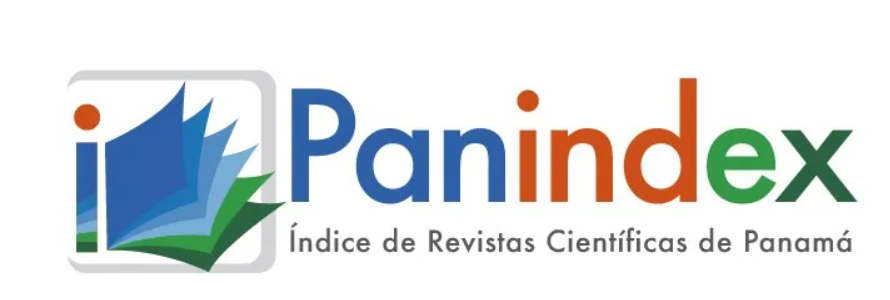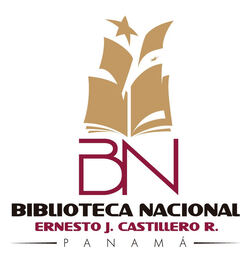The content of the publications and the links suggested in them are the sole responsibility of the authors and not of the Metropolitan University of Education, Science and Technology (UMECIT) or of the journal ORATORES. They are protected by international copyright laws as well as the logos of UMECIT AND ORATORES, hence their reproduction is totally prohibited.
This work is licensed under a Creative Commons Attribution-NonCommercial-NoDerivatives 4.0 International License.
The authors maintain the copyright and transfer the right of the first publication to the journal, with the article registered with Creative Commons Attribution-NonCommercial-NoDerivatives License, which allow others They can download the works published in this magazine and share them with other people, as long as their authorship is recognized, but they cannot be changed in any way nor can they be used commercially.
Authors are recommended to include their work in social networks such as Researchgate and institutional repositories once the article or visible fact has been published on the journal page, without forgetting to include the digital document identifier and the name of the journal.



Abstract
Keywords
References
Adam, F.(1 990). Andragogía y Docencia Universitaria. Material de apoyo: Doctorado en Educación. Perfil del Adulto en situación de aprendizaje.
Aguirre, M. E. (1997). Calidoscopios comenianos, I. (Vol. I). México: CESU-UNAM y Plaza y Valdés.
Cárdenas, A. L. (1997, agosto, 11). Los problemas educativos son iguales en todas partes. El Carabobeño. D-1.
Castro Pereira, M. (1988). La conformación de un Modelo de Desarrollo Curricular Experimental para el Postgrado de la Universidad NacionalAbierta con Base en los Principios de la Ciencia Andragógica. Material compilado.
Fernández Cruz, M. (1995). Ciclos en la vida profesional de los profesores. Revista de Educación, No. 306. España.
González, J. (1999). La universidad milenaria ante la globalización y la comercialización de la enseñanza superior. En: Educación en el Siglo XXI. Compilador: Fernando Solana: Colección Reflexión-Análisis. México: Noriega Editores.
Good, T. Y Brophy, J. (1997). Psicología educativa. México: McGraw- Hill. Hernández, K. (Agosto, 19, 2002). El gobierno lleva de arrastre la materia económica. El Nacional. Economía E-5.
Martínez, F. (1998). El perfil del profesor universitario en los albores del siglo XXI. Universidad de Murcia: España. Disponible: http://edutec.rediris.es/documentos/perfil.htm'>http://edutec.rediris.es/documentos/perfil.htm. [Consulta: Noviembre 7]
Mayz Vallenilla, E. (1992). La crisis educativa continúa su indetenible profundización. El NacionalA-10.
Perrenoud, P. : Diez nuevas competencias para enseñar. Barcelona: Graó. 2004
Proyecto Tunning: Tunning Educational Structure in Europe. Informe final, Bilbao:Universidad de Deusto. 2003.
Rugarcía, A. (1994, Julio-Septiembre). La evaluación de la función docente. Revista Educación Superior, XXIII (3) No. 91. México.
Segura Bazán, Maritza. HACIA UN PERFIL DEL DOCENTE UNIVERSITARIO PP. 9-28.
Trueba, C. (1999). Aportes hacia un perfil docente para el siglo XXI. Disponible: http://edutec.rediris.es/documentos/perfil.htm'>http://edutec.rediris.es/documentos/perfil.htm. [Consulta: Diciembre 2]
Valdés, M. C., Mujica, A., Roque, A. y Darin, S.: Las Competencias Pedagógicas en los Creativos Entornos Virtuales deAprendizaje Universitario. 2007. Revista Electrónica de Tecnología Educativa (EDUTEC) No. 24. Recuperado de: edutec.rediris.es/Revelec2/revelec24/valdes/valdesyotros.htm
Vargas Zuñiga, F. (2002). La formación basada en competencias: instrumento para la empleabilidad. Biblioteca virtual de la OEI.
Villarroel, C. (1996). La capacitación del profesor universitario: ¿Informativa o Formativa?. Perfeccionamiento Integral del Profesor Universitario. Primer Encuentro Iberoamericano. Material mimeografiado.
Zabalza, A y Arnau, L.: Como Aprender Y Enseñar Competencias. Barcelona Graó. 2007.
Downloads
Publication Facts
Reviewer profiles N/A
Author statements
- Academic society
- Universidad Metropolitana de Educación, Ciencia y Tecnología
- Publisher
- Universidad Metropolitana de Educación, Ciencia y Tecnología



















